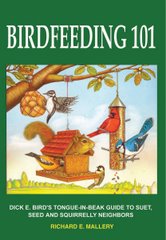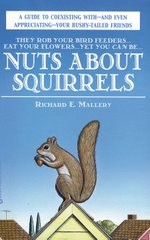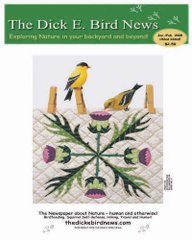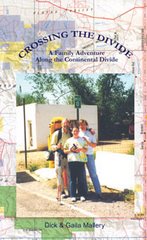
—The best way for most people to start a study of birds is to establish a bird feeder, roosting box or nesting box. The best time to feed birds or offer a roosting box is in the winter, when there are fewer species present and when many birds can be attracted to the bird feeder for observation or the roosting box for shelter.
Watching the feeding birds can help people recognize the different species. During the winter months the lack of variety should help in figuring who's who. By spring you should have your winter birds figured out, so that you can concentrate on who the spring migrants are, using the process of elimination.
Several species have changed their winter range, thanks to bird feeding. Among these are Evening Grosbeaks, which come in flocks for sunflower seeds. Cardinals have started nesting far north of their historical range, probably because of the winter food provided at feeders. Some birds that usually eat dormant insects and their eggs in the winter can be attracted to feeders by fat-rich foods such as suet, and, for some species, sunflower seeds. Nuthatches, woodpeckers, and chickadees are all fat-loving species.
Most people know that putting out a nest box will attract nesting birds in summer. But did you know that small birds often use these same boxes for shelter at night, particularly in winter? Sometimes more than a dozen birds will pile into a single box to conserve heat. But nest boxes are far from ideal for overnight roosting. They are usually too small for a group. Plus most birds need to perch or cling while roosting, but nest boxes have no perching surfaces inside.You can help your backyard birds keep warm overnight with a specially designed roost box.
Any backyard favorites that typically nest in boxes—bluebirds, chickadees, titmice, nuthatches, and small woodpeckers—may seek refuge in it.Roosting boxes differ from nest boxes in several important ways. A good roost box is designed to prevent the birds' body heat from escaping, so, unlike a nest box, it lacks ventilation holes. Also, its entrance hole is near the bottom of the box so the rising warmth doesn't escape. Inside a roost box there are several perches made from small wooden dowels, staggered at different levels. In addition, the inside front and rear walls are roughened, scored, or covered with hardware cloth so that woodpeckers can cling to them. A hinged top allows easy access so you can clean the box.An entrance hole about 2 inches in diameter will admit most small birds.






No comments:
Post a Comment